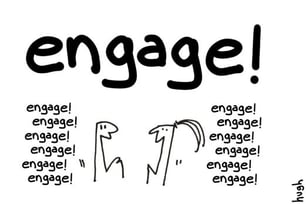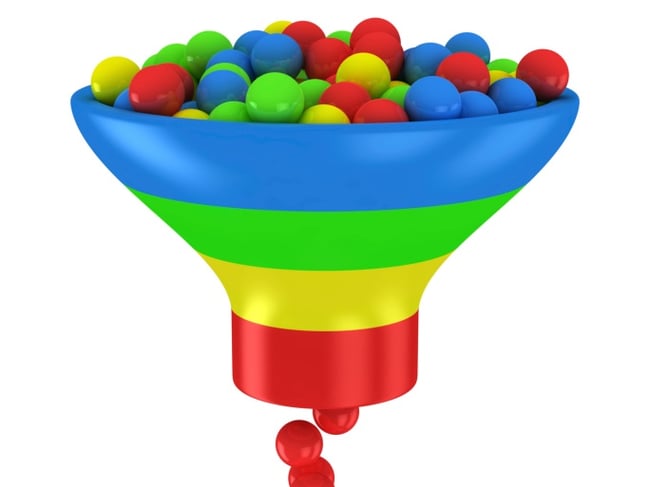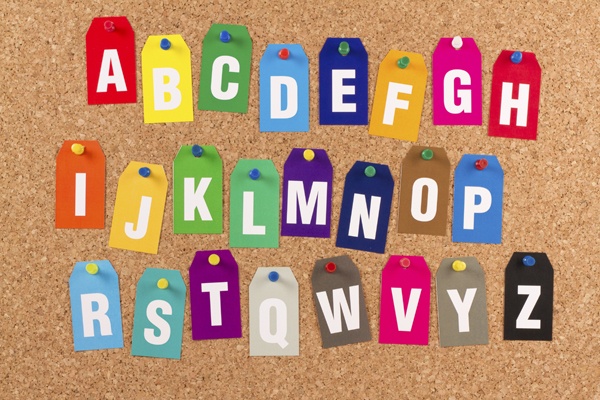Aka, why forcing content will never get you anywhere (at least long term).
Content creation has a lot of benefits. It drives SEO, gives prospects and clients a reason to revisit your site, and helps establish you as an authority in your field. However, this content has to have a certain amount of authenticity to it for people to really resonate. If you try too hard, your audience will notice— and stop coming.

Credit: iStock/Mark Airs
The Internet, as a general rule, hates marketing. Advertisements are met with sighs it’s a necessary evil, Adblock runs rampant, and branded content is met with a critical eye. This means that in order to have content shared, you can’t force it. You have to adapt to the internet instead of expecting the internet to adapt to you.
People Know What Forced Sounds Like
The internet is full of authentic content: offhand comments turned to tweets, blog posts about what people love, and Facebook statuses that are so strange they could only come from that person. People are constantly consuming stuff that sounds like a real person talking to them.
As a result, anything forced sticks out like a sore thumb. Even if you’re not actively selling anything, if you’re purposely going out of your way to sound funny, or clever, or heroic— people will be able to tell. They will click to the next piece of content because they have dozens upon dozens of pieces to choose from.
The Internet is Fickle
If you plan the latest Internet fad into your content, you will likely miss out on the trend as a whole. Even a few days can make or break whether or not you successfully ride whatever the internet is obsessed about this week, or become a source of ridicule among users who talk about how hopelessly out of touch your company is.
Even if you time it perfectly, you have to make sure you’re using the trend correctly. Forcing yourself somewhere you don’t belong is worse than not using the trend at all.
You Want to Build Genuine Relationships
If you’re forcing out content, people aren’t seeing your brand and your company. With the point of social media to build relationships and make your brand more human, trying too hard is the exact antithesis of that.
Social media use needs to reflect your audience’s general habits, not what’s hot this week. You want to become a part of your customer’s day-to-day life, not jump from one meme to the next (especially when your audience might not even be interested in that meme) and gain temporary followers who drop away once you’re no longer following their preferred trend.
Keep your social media authentic, and you’ll find the quality of your followers increases dramatically.


 And what does engagement represent?
And what does engagement represent? Overall in Canada,
Overall in Canada,  Another example could be that you have a new product and want to get feedback from your audience. In that case, you might offer a free sample, use a social network like Facebook to create a forum, or ask your audience to spread the word by sharing pics on Instagram.
Another example could be that you have a new product and want to get feedback from your audience. In that case, you might offer a free sample, use a social network like Facebook to create a forum, or ask your audience to spread the word by sharing pics on Instagram.











